The US is considering whether to arm the Ukrainian military, however, such a move could provoke further escalation of the conflict.
Despite numerous attempts to enforce the ceasefire agreement reached in Minsk in September 2014, the separatist conflict in eastern Ukraine is deteriorating. On January 23, Alexander Zakharchenko, leader of the self-proclaimed Donetsk People’s Republic, rejected any prospect of a truce, and the separatists’ unwillingness to enter negotiations forced the abandonment of peace talks in Belarus a week later.
Kiev has echoed a separatist pledge to conduct a major recruitment drive, as separatist forces continue their assault on the city of Debaltseve. The city is strategically located between the separatist strongholds of Donetsk and Luhansk, and its fall would represent a major victory for the pro-Russia forces. The level of the separatists’ territorial ambitions was perhaps indicated by their brief attack on Mariupol on January 24, a city that lies on the road to Russian-controlled Crimea.
The United Nations has since warned of a potential humanitarian crisis, as the conflict zone threatens to spread over a region containing some 5.2 million people.
Amid the repeated, failed attempts at reviving the ceasefire agreement, recent actions by the United States and NATO have risked further destabilizing the situation. In the past week, officials in Washington have stated that they are considering whether to arm the Ukrainian military, broadening assistance to Kiev beyond non-lethal military aid. Russian Foreign Ministry Spokesman Alexander Lukashevich warned that this would result in “colossal damage” to Russian-US relations, and NATO’s announcement on February 5 of its greatest defensive reinforcements in eastern Europe since the Cold War will further antagonize Moscow.
The extent to which the US is willing to follow through on its threat is questionable. Washington has sought to portray the threat as meaningful, and during his confirmation hearing in front of Congress, Defense Secretary-Nominee Ashton Carter indicated that he would support the commencement of lethal aid. Three major US officials — Vice President Joe Biden, Secretary of State John Kerry and current Defense Secretary Chuck Hagel — have traveled to Europe to discuss the situation with Ukrainian and NATO officials, adding further credence to the threat.
However, there are indications that Washington would lack support among many of its major European allies, with both France and Germany declaring their opposition to a plan to supply arms. In addition, any lethal support from the US would likely be matched and exceeded by Moscow, and Washington would be unlikely to sustain the level of commitment required to offset Russia’s alleged provision of military aid to the separatists.
NATO commander Gen. Philip Breedlove spoke of arming Ukraine as “throwing more weapons on the bonfire,” and he warned that an escalation of the conflict may provoke a strong response from Russia. This could come in the form of more direct intervention by Russian forces, who Moscow insists are currently involved on a small-scale and voluntary basis only.
It may also impact on the US directly, through an increase in sanctions on American businesses operating in Russia, and a rise in Russian cyber attacks against US government offices and businesses. Such attacks have already increased in concurrence with the Western sanctions regime against Moscow, as exemplified by the major Russia-linked data breach at US bank JP Morgan Chase and nine other major financial institutions in summer 2014, regarded as one of the largest such breaches in history.
Given the lack of international support for the plan, along with the risk of escalating the conflict and exacerbating poor relations with Moscow, the prospect of the US arming Ukrainian troops remains low.
The threat has, however, served to increase the urgency around finding a diplomatic solution to the conflict, with French President Francois Hollande and German Chancellor Angela Merkel travelling to Kiev on February 5 to launch a renewed attempt at a negotiated peace. Although details of the proposal have yet to be announced, Hollande has claimed that it is based on preserving Ukraine’s territorial integrity and that it may prove acceptable to all sides. The leaders are due to meet with Russian President Vladimir Putin on February 6 to discuss the deal.
Yet the experience of recent ceasefire attempts leaves the outlook of this latest effort pessimistic. Ukrainian President Petro Poroshenko has steadfastly refused to countenance any proposal that threatens Kiev’s sovereignty over the separatist regions in the east, a position that is unacceptable to the separatists. Meanwhile, even if Russia can be persuaded to support the plan, indications among separatist forces suggest that they have little interest in ending their offensive at this time.
As such, regardless of the US decision over supplying the Ukrainian military with arms, the conflict threatens to resume at its current intensified state. With Kiev and the separatists both augmenting their forces, there is a heightened risk that the conflict will expand and the civilian death toll will continue to escalate.
*[This article is based on a report by Protection Group International.]
We bring you perspectives from around the world. Help us to inform and educate. Your donation is tax-deductible. Join over 400 people to become a donor or you could choose to be a sponsor.
The views expressed in this article are the author’s own and do not necessarily reflect Fair Observer’s editorial policy.
Photo Credit: Photo.ua / Elena Schweitzer / Shutterstock.com
Support Fair Observer
We rely on your support for our independence, diversity and quality.
For more than 10 years, Fair Observer has been free, fair and independent. No billionaire owns us, no advertisers control us. We are a reader-supported nonprofit. Unlike many other publications, we keep our content free for readers regardless of where they live or whether they can afford to pay. We have no paywalls and no ads.
In the post-truth era of fake news, echo chambers and filter bubbles, we publish a plurality of perspectives from around the world. Anyone can publish with us, but everyone goes through a rigorous editorial process. So, you get fact-checked, well-reasoned content instead of noise.
We publish 2,500+ voices from 90+ countries. We also conduct education and training programs
on subjects ranging from digital media and journalism to writing and critical thinking. This
doesn’t come cheap. Servers, editors, trainers and web developers cost
money.
Please consider supporting us on a regular basis as a recurring donor or a
sustaining member.
Will you support FO’s journalism?
We rely on your support for our independence, diversity and quality.





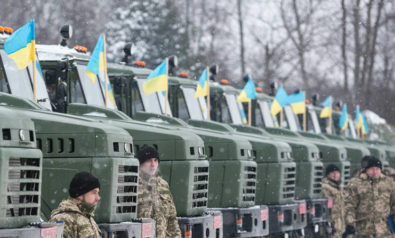


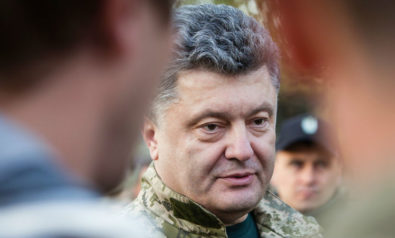
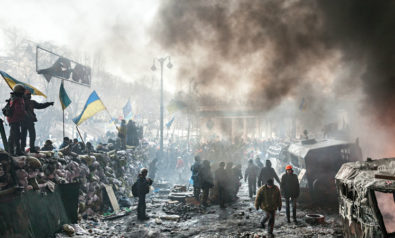


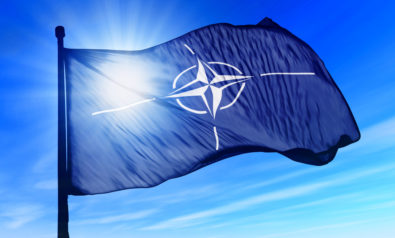

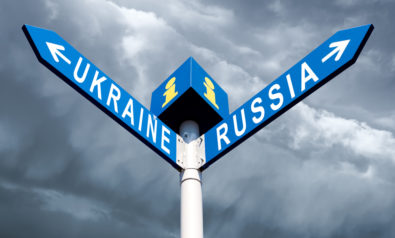

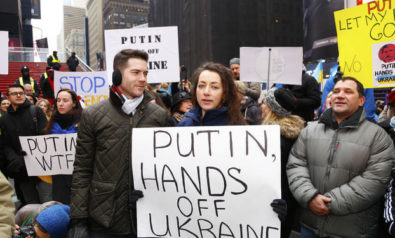

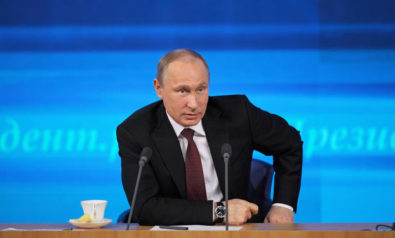
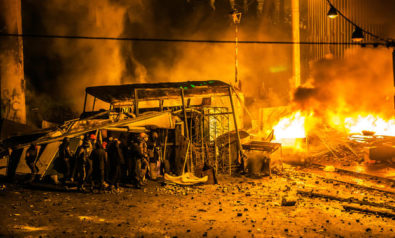

Comment